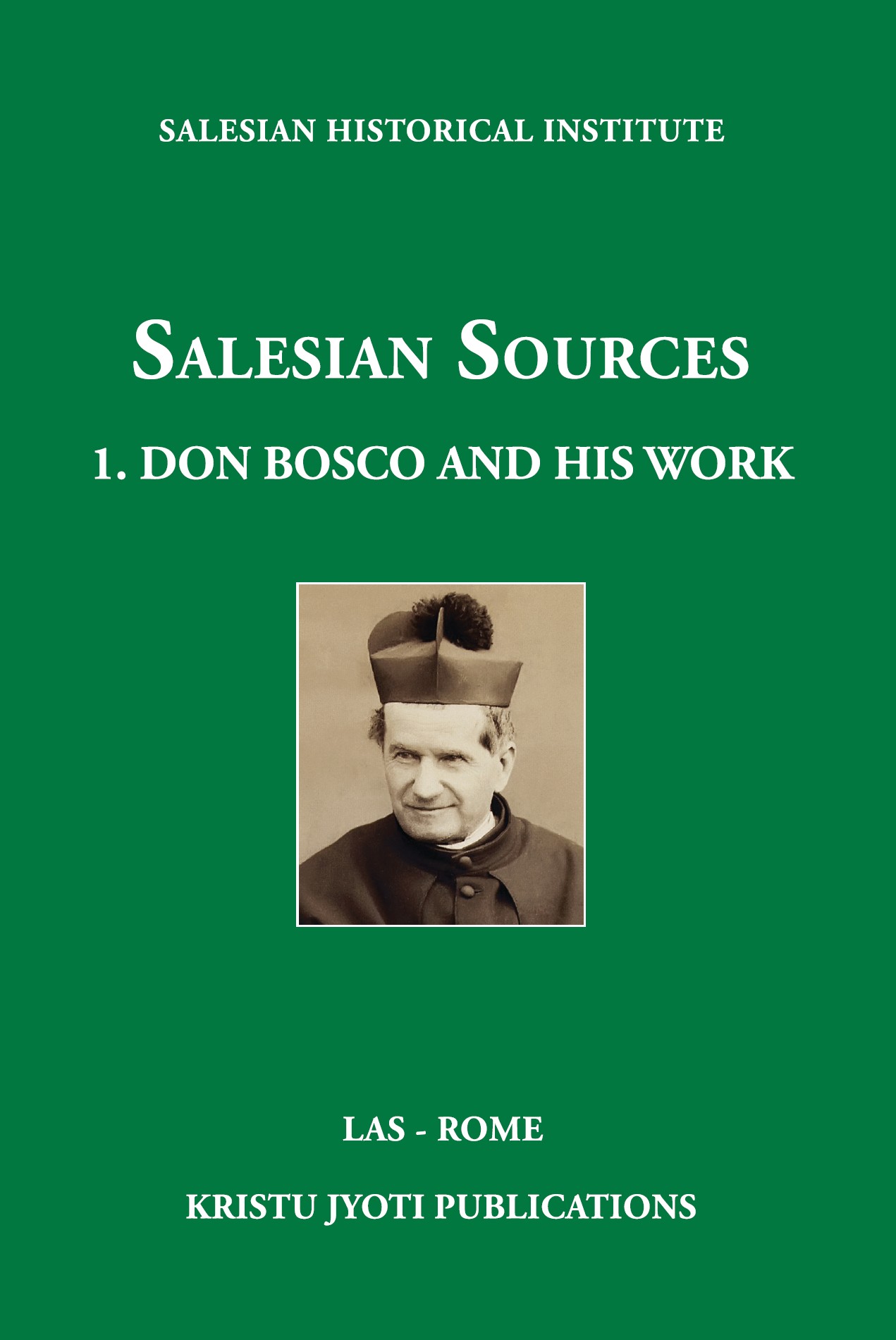One of the most difficult conflicts to resolve in relationships between the Holy
See and the new Kingdom of Italy was that of the dozens of Episcopal sees left vacant
for political reasons. Both parties were aware of the seriousness of the situation, but
attempts to exit from the situation were shipwrecked by the persistent serious friction
brought about by proclaiming a Kingdom which comprised territories taken from
the Papal States (1861). Only in 1865-1867 did a process of détente coming
into place, where, having overcome mutual resistance, the Holy See succeeded in
appointing many bishops with the agreement of authorities of the Kingdom.
Don Bosco, involved in these complex diplomatic negotiations as unofficial
representative of the Holy See in order to make contacts, lobby, refer people, seek
mediation, had done his part, especially for the dozens of vacant Episcopal sees in
Piedmont. In 1865 he intervened to set up what would be called the Vegezzi
mission which ended without result; in 1866-1867 he was contacted by mediator
Tonello at the invitation of the President of the Council, Ricasoli and during these
contacts he proposed candidates acceptable to both parties.
In the years that followed he continued to communicate with the Cardinal
Secretary of State telling him that the people and civil authorities were happy with
the appointments, and to express his own views, hopes and concerns regarding some
of them, suggesting candidates for appointment which he knew of, and who stood
out for piety, doctrine, prudence and being in tune with the Holy See.
As is clear, Don Bosco’s voice was well accepted by both parties, but many
other voices were raised for and against the policy of understanding, and so many
positive and negative elements came into play wanting to advance or slow down
negotiations taking place.
Reference time period: 1867 – 1877
G. Bosco, “Indicators to the Holy see for the choice of new bishops for vacant sees (1867-1877)” in “Section three. Don Bosco between the holy see, the kingdom of Italy and the archbishop of Turin” in “Part one. Writings and documents of the history of Don Bosco and salesian work” by Francesco Motto in “Salesian Sources 1. Don Bosco and his work. Collected Works”, LAS – Kristu Jyoti, Rome – Bangalore 2017, 238-244.
Reference institution:
Istituto Storico Salesiano
